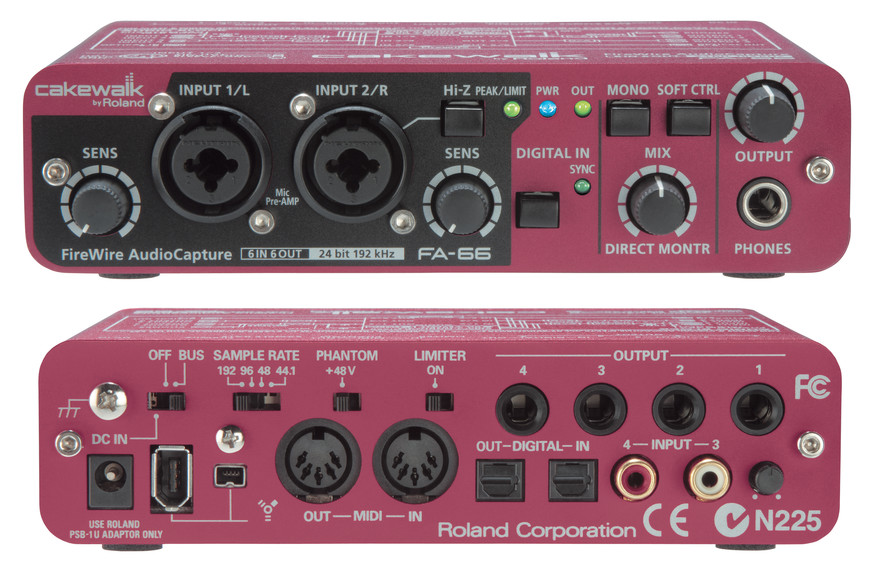

The hard drive inside a computer is quicker than a standard external hard drive (USB 2.0), so what kind of speeds does eSATA produce? With eSATA, an external hard drive can use that same connection type and technology to be connect to the computer. So, inside your desktop or laptop is the hard drive, which in most cases, connects to the motherboard using a SATA interface. SATA, of course, is a connection type that is used to connect an internal hard drive to a computer. It’s also worth noting that the new USB Type C connection will support USB 3.1 for a max data transfer rate of 10 Gbps.ĮSATA stands for external SATA. This means that USB 3.1 is about as fast as a single first generation Thunderbolt channel. That’s around 1280 megabytes per second or 1.2 GB per second. In 2013, USB 3.1 was also released and is rated up to 10 Gbps. USB 3.0 transfer speeds are about 10x faster than previous USB 2.0 speeds. The USB 3.0 connection type is the next step for USB (from 2.0). For quick reference, 1000 Mbps equals 1 Gbps, which is considered gigabit.

OK great, so how fast is USB 2.0 exactly? Why? Because USB 2.0 is simply fast enough to handle minor tasks and many devices simply do not require lightning fast speed, such as mice and keyboards. Many devices do not yet use USB 3.0, nor do they use Thunderbolt. Even though USB 3.0 is here, many PC peripherals and other devices are still being manufactured with USB 2.0 connectivity. You have likely used a USB 2.0 cable to connect some device or drive to your PC or Mac at some point and you probably have several spare USB cables laying around the house. The USB 2.0 connection type has pretty much become the standard.


 0 kommentar(er)
0 kommentar(er)
